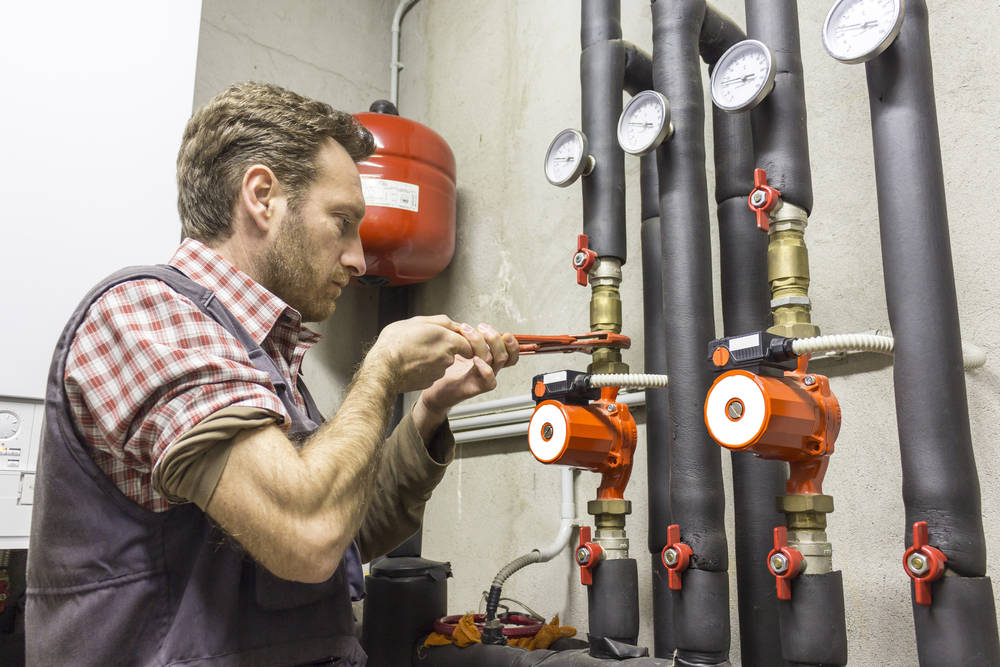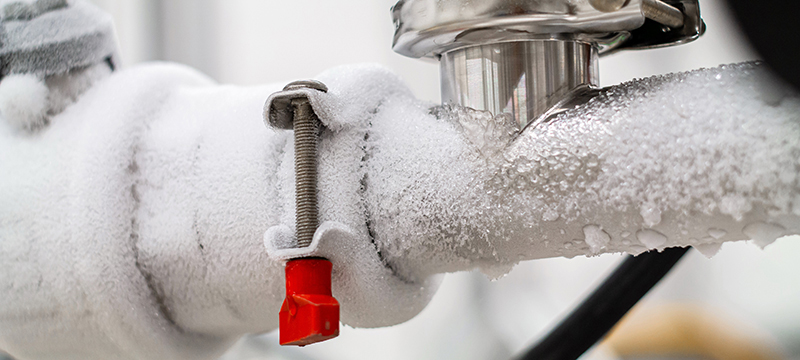Everybody has got their unique theory involving Prevent Freezing and Bursting Pipes.

All home owners who stay in pleasant climates need to do their ideal to winterize their pipes. It is something you have to do during fall prior to deep winter months absolutely begins. Failure to do so can lead to catastrophe like icy, fractured, or ruptured pipelines. Here are some useful winterizing hacks to maintain your plumbing system safeguarded even if the weather outside is frightful.
Try a Hair Clothes Dryer or Warmth Gun
When your pipelines are nearly freezing, your dependable hair dryer or heat gun is a blessing. Bowling hot air directly right into them may help if the warm towels do not assist dislodge any type of working out ice in your pipes. Nonetheless, do not make use of other items that generate straight flames like a blow lantern. This can result in a larger disaster that you can not manage. You might wind up harmful your pipes while trying to melt the ice. As well as in the future, you may even wind up shedding your home. So beware!
Open Cupboard Doors Hiding Plumbing
It would certainly be useful to open up cupboard doors that are masking your pipes when it's cool outside. For instance, they could be somewhere in your cooking area or shower room. This will certainly allow the warm air from your heating system to circulate there. Consequently, you stop these subjected pipes from freezing. Doing this tiny trick can keep your pipes warm and also limit the possibly harmful end results of freezing temperatures.
Take Time to Cover Exposed Water Lines
One simple as well as cool hack to warm up frigid pipes is to wrap them with warm towels. You can cover them first with towels. After protecting them in place, you can pour boiling water on the towels. Do it gradually to let the towels absorb the liquid. You can also make use of pre-soaked towels in hot water, simply don't forget to wear protective gloves to protect your hands from the warmth.
Activate the Faucets
When the temperature level declines and it appears as if the freezing temperature will certainly last, it will certainly aid to transform on your water both inside and outdoors. This will certainly maintain the water moving via your plumbing systems. You'll finish up throwing away gallons of water this method.
When Pipes are Frozen, shut Off Water
If you notice that your pipelines are totally frozen or nearly nearing that phase, transform off the major water shutoff instantly. You will usually discover this in your cellar or utility room near the heater or the front wall closest to the street. Turn it off as soon as possible to prevent additional damages.
With even more water, even more ice will certainly load up, which will ultimately lead to rupture pipes. If you are unsure concerning the state of your pipelines this winter months, it is best to call a professional plumber for an evaluation.
All homeowners that live in pleasant environments must do their ideal to winterize their pipelines. Failure to do so can spell catastrophe like icy, cracked, or burst pipes. If the warm towels do not help remove any type of settling ice in your pipelines, bowling warm air straight into them may aid. Turn off the primary water valve promptly if you notice that your pipes are completely frozen or practically nearing that stage. With even more water, even more ice will pile up, which will at some point lead to break pipes.
PREVENT YOUR PIPES FROM FREEZING THIS WINTER
A Leading Cause of Property Damage
When the weather is taking a deep nose dive into the cold dreary days, the risk of your pipes freezing and potentially bursting skyrockets. Unfortunately, during these cold dreary months, burst pipes are the most common denominator for property damage. The pipes that are most at the risk are those that are in areas where it is most cold in your home. For instance, pipes located in interior places such as basements, attics, and your garage. Unfortunately, that doesn’t mean that the pipes running through your cabinets or exterior walls can’t freeze. Good news, however, is that you can do things to help prevent pipes from freezing.
How to Prevent Pipes From Freezing
Once the temperature starts to drop during the winter, you should be taking the proper measures needed to ensure that your pipes stay warm and that there is circulation of water through them. Some steps that experts may recommend could go against your better judgement when it comes to saving water and heat. However, it would go without saying that when expenses are compared, damaged pipes could put a bigger dent in your wallet than a water bill.
What Can I Do?
Keep your garage door closed. This is very important, especially if you have water supply lines running through your garage. Open your kitchen and bathroom cabinets to allow warm air to circulate through them. Allow air circulation throughout your home. Keeping the interior doors open will once again allow the warm air to circulate inside your home. Ensure your thermostat is running the same temperature throughout the night and day. If you plan to be away from home during the cold months, set your temperature no lower than 55° F. This should provide enough heat to keep the pipes warm and prevent any remaining water inside the pipes from freezing. For more of a long-term solution, add insulation to attics, basement, and other crawl spaces around your home. By allowing your faucet to drip, it will alleviate pressure in the system. This is important because the pressure that is created between the blockage and the faucet can potentially cause the pipes to burst. Allowing the faucet to drip will prevent the pressure from building up, therefore keeping the pipes from bursting. Seal any cracks, openings, and crawl spaces around your home to prevent cold air from coming inside. This keeps your pipes-not to mention your home-warmer and less susceptible to issues caused by freezing temperatures. For the pipes in your home that are easily accessible, applying electrical tape to them might prevent them from freezing over. This is a quick fix, as you can apply the tape directly to the pipe. There are two options for heating tapes. One turns on and off by itself when it senses heat is needed. The other type of heating tape needs to be applied when heat is needed and removed when not necessary. If you have exposed pipes in your home, you can check this website to take a look at a few options that would be available at a shop near you.

Do you enjoy reading about How to Prevent Frozen Pipes? Try leaving a remark directly below. We'd be interested to listen to your thoughts about this piece. We hope to see you back again soon. Sharing is caring. Helping others is fun. Kudos for your time. Visit us again soon.
Dial, we're waiting!